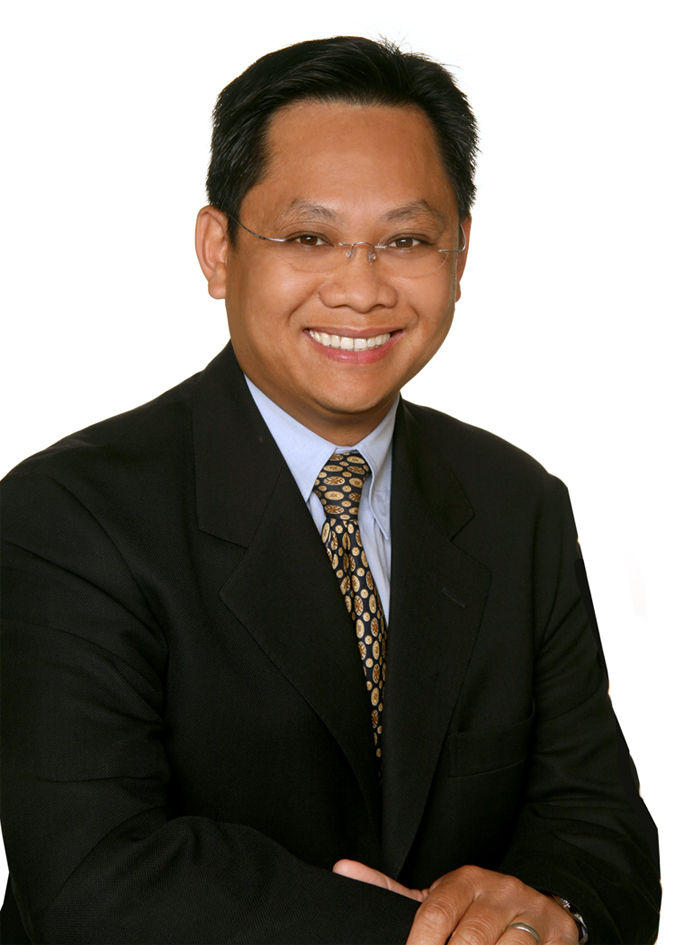|
|
|
Pharmacist Gets a Taste of Her Own Medicine |
|
by Flora Brahmbhatt, Pharm.D., CGP
I am a pharmacist and I hate injections! The trauma and anxiety associated with a needle coming towards me stimulates memories of childhood. My mom’s firm grip holding me steady as a nurse or doctor caused me displeasure haunts me to this day. So as an adult, and an informed one at that (or so I would like to believe), I have opted out of having injections. EVER!!
And to answer the question which may be forming in your mind, my displeasure has no limits. Whether it is IM, IV, or Sub Q, I don’t care. No one is going to puncture my skin with a sharp object. No one, that is, until I had to get the flu shot. With the current mandate in place, all healthcare professionals, including consultants, must have proof of receiving a flu vaccine prior to entering nursing facilities. And let’s be real here for a minute: I have full faith in the benefits of the flu vaccine. I recommend it to others; I ensure my parents are vaccinated, as well as friends and other family. But I wouldn’t do it to myself…or have someone do it to me.
|
|
Read more...
|
|
|
CALTCM 2013 Poster Session: “Share the Wealth” |
|
Tim Gieseke MD, CMD
As chair of the Poster Session for our annual meeting next April 26, 27, 2013, I encourage each of you to consider what you have done or might do to improve the quality of care in your facilities.
With CMS introducing Quality Assessment and Performance Improvement (QAPI) as an expectation for our facilities in 2013, this is a particularly good time to become familiar with the QAPI process and tools. Part of QAPI is the expectation that facilities will develop PIPs (Performance Improvement Projects) as an ongoing part of their self-assessment and quality assurance/improvement program. Here is a helpful brief industry article on QAPI.
|
|
Read more...
|
|
CALTCM Pulse: President's Report |
|
by James Mittelberger, MD, CMD
We have been busy at CALTCM the past year, successfully growing our role as a clear and visible leader/partner working to improve long term care in California. Looking at our activities, one can see the outlines of our values and vision. Our commitment is to be a part of real improvement in patients’ and providers’ lives, built on themes of interdisciplinary cooperation, partnerships between organizations, principles of quality improvement, and centered on culture change and person-centered care.
In multiple settings CALTCM engagement and leadership has been present. In our depression project we shared intensive coursework with 40 facilities and are currently improving care in six selected partner nursing homes, working to support effective teams at the SNF level. In our INTERACT training boot camps, with close coordination with CAHF, we are training hundreds of SNFs in the principles and specific practices needed to substantially reduce avoidable hospital readmissions. We are coaching a substantial number in the step by step implementation of INTERACT as a QAPI tool.
|
|
Read more...
|
|
Using the Rule of 15 in Nursing Homes |
|
by Flora Brahmbhatt, Pharm.D., CGP
The recent Beers criteria include sliding scale insulin as inappropriate in the elderly due to the increased risk of hypoglycemia. There are various strategies to avoiding hypoglycemia. One strategy is to better manage the dose of long-acting (basal) insulin and administer rapid-acting (bolus) insulin post meal based on amount consumed. This better manages the glycemic index and reduces the risk of hypoglycemia.
However, managing low blood sugar is a challenge in nursing homes. A common mistake is the overuse and misuse of glucagon. Historically, glucagon is almost impossible to get and when you can, it costs a fortune. For conscious patients who can take oral food or fluids, this is the preferred route.
|
|
Read more...
|
|
CALTCM Member Profile - Vincent D. Nguyen, DO, CMD |

Please provide a brief background of your training and practice setting and years in practice.
I am a Board Certified Hospice and Palliative Care Specialist with Board Certifications in Geriatrics and Family Medicine. I earned my Medical Degree from Western University of Health Sciences and have been in practice since 1994 providing care for hospice patients in the Long Term Care setting, Assisted Living and homes. I am currently the Palliative Program Director at HOAG Memorial Hospital Presbyterian in Newport Beach and Irvine. In this role, I provide administrative and medical services in the inpatient setting as well as developing HOAG’s outpatient palliative clinical program.
Prior to this role, I was the Medical Director of Geriatrics and Palliative Care Services at Monarch HealthCare for over 5 years. During my tenure, I developed a post-acute service in the Skilled Nursing Facility settings through consolidation of facilities and hiring full-time SNFists and NPs to care for Monarch’s 30,000 Seniors. In addition, I implemented a training program for mid-career Physicians in the art of Hospice and Palliative Medicine through UC Irvine, and am in the development phase of an outpatient palliative clinical service.
|
|
Read more...
|
|
|
|
|
<< first < Prev 61 62 63 64 65 66 67 68 69 70 Next > last >>
|
|
Page 70 of 79 |